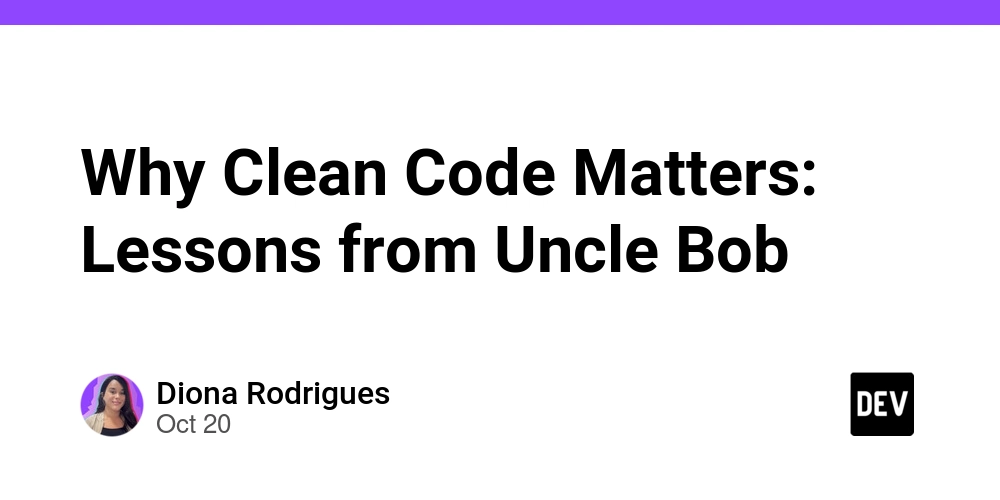We’re living through the “dial-up internet” era of AI agents. Sure, they can write code and answer questions, but they’re still isolated islands in a sea of disconnected systems.
That’s about to change dramatically.
The Multi-Agent Revolution Is Already Here
2025 is going to be the year of multi-agent networks where agents can discover and collaborate with other agents, fundamentally shifting from single-purpose tools to interconnected ecosystems. Microsoft is already advancing open standards and shared infrastructure, with broad first-party support for Model Context Protocol (MCP) across GitHub, Copilot Studio, Dynamics 365, Azure AI Foundry, Semantic Kernel and Windows 11.
But here’s what most developers miss: we’re not just getting better agents, we’re getting entirely new communication protocols.
The Protocol Wars Are Just Beginning
Three major protocols are emerging to define how AI agents will communicate:
- MCP (Model Context Protocol): Acts like a “universal USB-C” for AI, enabling any language model to connect with any data source or service. Think of it as giving your AI agent access to your company’s entire digital nervous system.
- A2A (Agent-to-Agent): Google just released A2A, a new open protocol for agent to agent communication, enabling agents to discover each other’s capabilities and collaborate on complex tasks. Microsoft has also announced support for the open A2A protocol, helping to enable agent-to-agent interoperability across platforms.
- ACP (Agent Communication Protocol): Takes a different approach altogether, focusing on local-first agent coordination with no cloud required.
Rather than being alternatives, A2A and MCP are complementary. MCP provides vertical integration (application-to-model), while A2A provides horizontal integration (agent-to-agent).
What This Means for Your Business in 2025
The Enterprise Agent Takeover: The enterprise agent market will converge towards a similar ecosystem as the cloud services market, with several dominant firms controlling much of the market share.
Vertical AI Dominance: 2025 is going to be the year we see the first billion-dollar verticalized AI agent companies emerge. Instead of one-size-fits-all solutions, we’ll see AI agents built specifically for healthcare, finance, logistics, and manufacturing.
Your Digital Proxy: AI agents are going to start changing how we interact with technology by becoming our digital proxies, understanding our preferences and handling basic tasks similar to the way we would. Remember travel agents? They’re coming back, powered by AI that knows your preferences better than you do.
Real-World Impact: Block’s MCP Success Story
Block has rolled out MCP company-wide with real impact, using it across engineering, design, security, compliance, customer support, and sales. They didn’t want vendor lock-in, so they chose MCP’s model-agnostic and tool-agnostic approach.
The results? Faster adoption because they made it easy to start, increased creativity as people saw what was possible, and workflows that span beyond engineering to marketing, sales, and support.
The Infrastructure Reality Check
Here’s the part most futurists skip: To enable the future of agentic AI, you need infrastructure that’s just as flexible and vendor-neutral as MCP itself.
Enterprise companies are scrambling to figure out what this means. Does this mean they build MCP servers instead of APIs? Which vendors’ MCP servers do they use? How do they secure these flows?
The answer isn’t pretty. A majority of “MCP servers” are hacked together plugins for desktop use cases that don’t think about security, tenancy, and attack vectors. Enterprises need “MCP services” which are remotely-accessible, multi-tenant, highly governed and tightly secured.
The Platform Wars Begin
The competitive advantage of dev-first companies will evolve from shipping the best API design to also shipping the best collection of tools for agents to use.
New pricing models will emerge as agents may pick tools more dynamically, based on a combination of speed, cost, and relevance, leading to a more market-driven tool-adoption process.
Gateway services will become critical. As MCP adoption scales, a gateway could act as a centralized layer for authentication, authorization, traffic management, and tool selection, similar to API gateways.
The 2030 Vision: Everything Is Connected
By 2030, we won’t talk about “AI tools” anymore. We’ll have:
- Agent ecosystems where specialized AI agents handle every business function
- Dynamic tool marketplaces where agents autonomously discover and purchase capabilities
- Cross-company agent collaboration where your sales agent coordinates with your customer’s procurement agent
- Industry-specific agent networks that understand regulatory requirements and domain expertise
The ecosystem is rapidly enriching with more than 250 servers available in early 2025, but this is just the beginning.
What Developers Should Do Now
- Start with MCP: It’s the foundation everything else builds on
- Think beyond single agents: Design for multi-agent collaboration from day one
- Consider enterprise requirements early: Security, governance, and multi-tenancy aren’t nice-to-haves
- Pick your platform wisely: The winners will be those who choose protocols and platforms that scale
MCP enables agents to evolve from pre-set workflows based on chains of prompts to true autonomous agents. The question isn’t whether this future will arrive—it’s whether you’ll be ready when it does.
The companies building this infrastructure today will own the AI-native economy of tomorrow. The rest will be buying their solutions.
What do you think? Are we headed for an AI agent-controlled business world, or is this just another tech hype cycle? Share your thoughts in the comments.
Sources:



